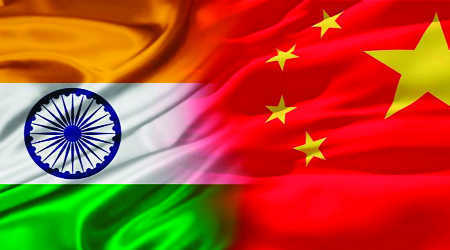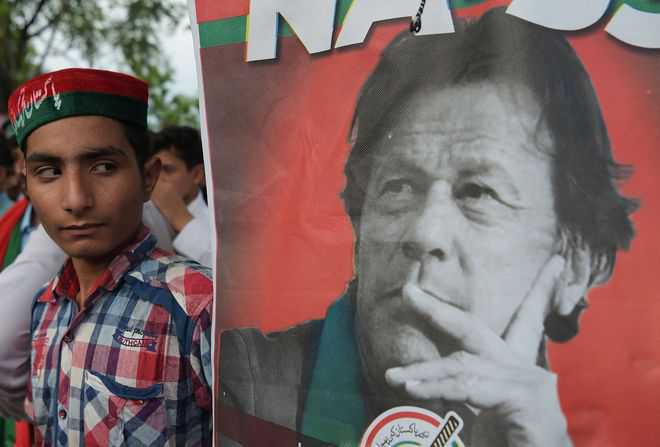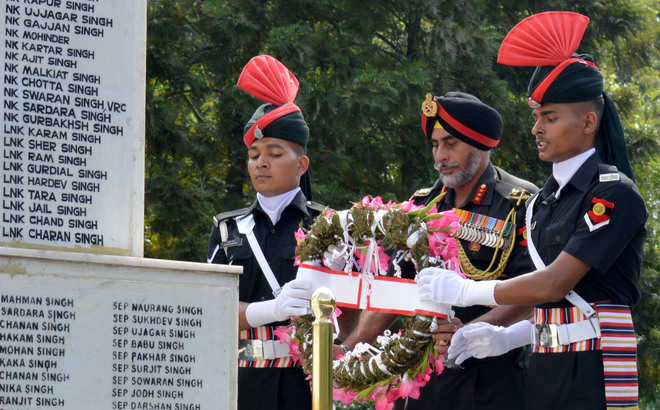
Kargil Vijay Diwas commemorated today is the success of a composite idea of India as opposed to an idea of insularity and duplicitous bravado that remains true of Pakistan two decades later
Kargil Vijay Diwas today commemorates the Indian military victory over Pakistan in the summer of 1999 as part of ‘Operation Vijay’, the only time two nuclear-armed nations had ever gone to a theatre level war. Beyond celebrating the raw courage of the Indian infantry battalions, the pulverisation done by its artillery and the dare devilry of its air warriors — the Indian victory is as much about the underacknowledged sovereign resolve and the busting of convenient Pakistani myths and theories that have sustained the Pakistani ‘establishment’, despite its inglorious track record of 1965 and 1971. Nineteen years since the bloody nose in Kargil, Pakistan has reverted back to dubious tact of its erstwhile dictator, General Zia-ul-Haq, in trying to ‘bleed India with a thousand cuts’, resulting in the vicious pattern of action-reaction, since then.
As the more conservative and exclusivist (two-nation theory) offspring at the vivisection of Independence, Pakistan is naturally more pugnacious, interfering and voluble nation as compared to moorings of the deliberately ‘inclusive’, pacifistic and democratic India — the genealogical reality has lulled the Pakistani ‘establishment’ to spin a very self-fulfilling narrative of a more martial identity. This lazy logic and irrational belief has extrapolated itself into assuming that the sovereign resolve prevailing in Islamabad (and in the garrison town of neighbouring Rawalpindi) is, therefore, more resolute and uncompromising than that in Lutyen’s Delhi.
The composition and essentialities of sovereign resolve, usually go beyond colourful optics of posturing, rhetoric or religious sanctification — and instead, are enmeshed in more mature and vapid instincts of self-control, righteousness, honour orientation and risk-responses. The Indian approach is deceptively passive, moralistic and philosophical as compared to the self-assumed stridency of the Pakistani ‘establishment’. It took the Pakistani misadventure of ‘Operation Gibraltar’ of 1965, butchery and exodus of Bengalis in 1971 and the ill-fated ‘Operation Badr’ to lead to Kargil, all with same results for Pakistan. Importantly, all three wars and victories were a reactionary response from a supposedly ‘irresolute’ Indian state.
Sheer contrast of physicality between the strapping Sandhurst-trained-Pathan, General Ayub Khan, and in the small and frail frame of Lal Bahadur Shastri, were symptomatic of the perception mirage that consumed Pakistanis. General Ayub’s plan was predicated on the absence of an Indian resolve for conflict as he noted, “Hindu morale would not stand more than a couple of hard blows at the right time and place”, till a 32-year-old Grenadier Havildar Abdul Hamid (Param Vir Chakra) corrected many elements in Ayub Khan’s statement.
Similarly, in Kargil, Pakistanis miscalculated the Indian resolve, which General Pervez Musharraf himself describes in his book, In the Line of Fire: A Memoir, as “unreasonably escalated Indian response.” Contrary to the popular sense in the Pakistani mainstream, situational and moral reaction of the Indian ‘national will’ in moments of such crisis in a heterogeneous India are ‘surprisingly’ more powerful and compelling for sovereign resolve than those assumed simplistically in the ‘land of the pure’. Unlike the faction-riddled ‘establishment’ within Pakistan (eg Nawaz Sharif’s turf war with Pervez Musharraf during Kargil), seamless convergence of the disparate political parties in India during the wars is a glaring differentiator that ensures a unified political resolve.
Importantly, Kargil battles were more ‘equal’ in terms of deployment of men and materials with no side with an overbearing superiority, but for the hugely advantageous position that Pakistanis had occupied prior to the Kargil war. Overcoming such geographical odds makes the Indian infantry charges go down in the annals of modern military as the most fiery, doughty and surreal operations that blasted multiple indolent myths. The old yarn of ‘one Pakistani soldier being equal to 10 Indian soldiers’ was the foremost casualty of the Pakistani propaganda. Clearly the culture of honour and motivation was intrinsically rooted in the inherent regional-religious-racial diversity of Indian regiments like the Rajputana Rifles, Naga, JAK Rifles, Grenadiers, Rajputs, Jats, Sikhs, Madras et al.
Overt religiousity embedded in Zia-ul-Haq’s regressive contribution to the Pakistani Army moto of ‘imaan, taqwa, jihad-fi-sabilillah’ (faith, piety, holy war), could not substitute for simple soldering imperatives like ‘leaving no one behind’ or ‘owning up to its own’ when the bodies of the fallen Pakistani soldiers were refused by them to cover up their complicity. The implausible theory of ‘local uprising’ to support the Pakistani efforts has entertained multiple misadventures since the first Indo-Pak war of 1948, 1965 and then in the Kargil war, only to come a cropper.
Lastly, the status of a ‘state within a state’ for the unmatchable privileges afforded on the Pakistani military has not led to any higher level of leadership for the Pakistani military. Virtually-unassailable Pakistani positions with their uninterrupted supply lines afforded by the geographical advantages were simply blunted — not just by the steely nerves of the Indian combatants but also by a decidedly higher order of military leadership. The Indian ‘officer-to-soldier’ fatality in the Kargil war was the highest in any modern battlefield. The released transcript of amateurish debriefing by Lt Gen Mohamad Aziz, Chief of Pakistani General Staff to his COAS General Pervez Musharraf is a testimony to the level of make-believe that Pakistanis have fallen for their own Goebbilian myths.
Kargil Vijay Diwas is, therefore, more than just a military victory; it is the success of a composite and complex idea of ‘India’ as opposed to a contrarian idea of insularity, religious dogmatism and duplicitous bravado that remains true of Pakistani tract, even today. An oft-forgotten nugget in the Pakistani thinking lies unread in the inherited British training manuals of both armies that suggests, ‘moral force in modern war preponderates over physical force’. Morality or the ‘high-ground’ cannot be couched and invoked in puritanical or religious contexts. Instead, it needs honesty, diligence and nobility of purpose that underlies the sovereign idea of India and that of its Armed Forces to deliver and honour, whenever faced by a ‘Kargil’.
(The writer, a military veteran, is a former Lt Governor of Andaman & Nicobar Islands, and Puducherry

















 HT PHOTO
HT PHOTO































































